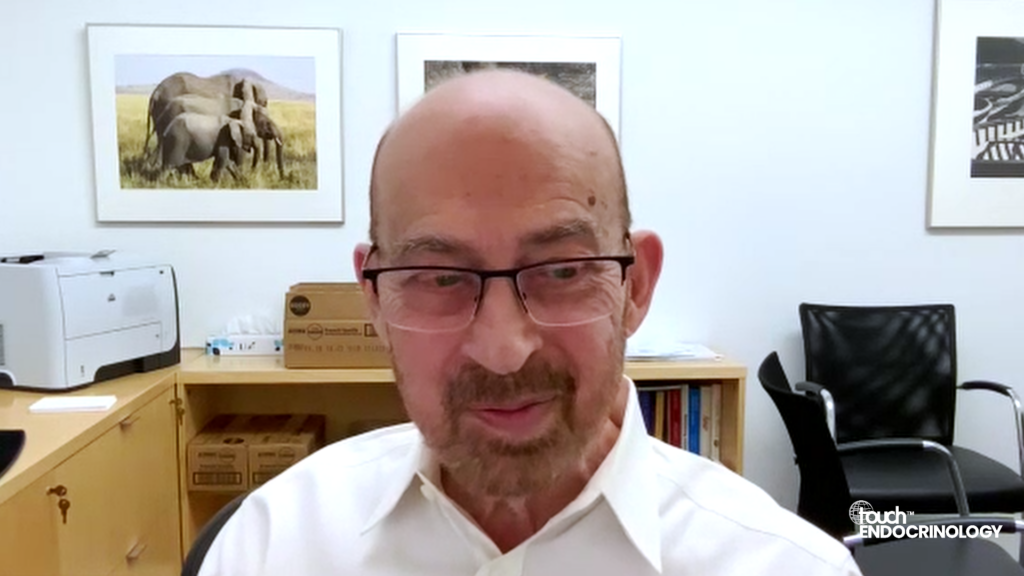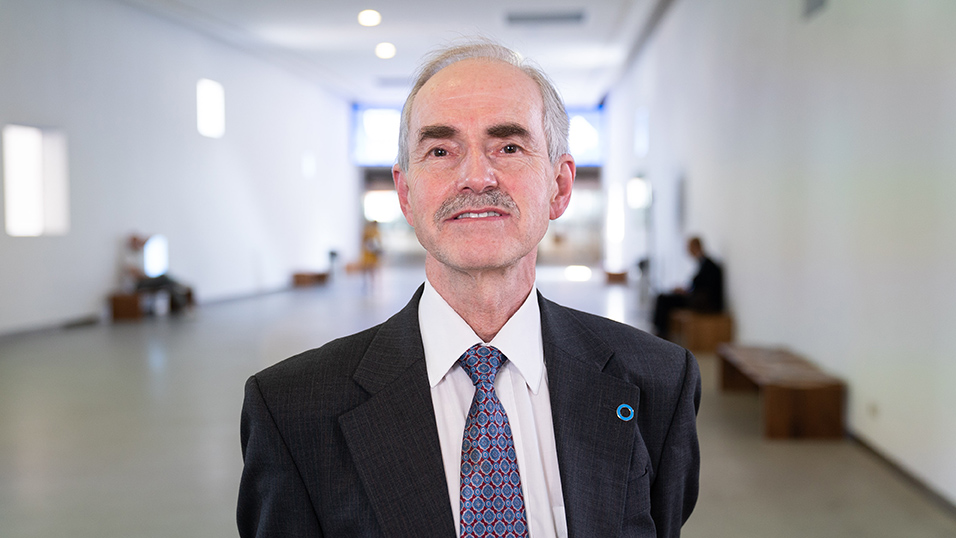Antonio Ceriello discusses the possible mechanisms explaining the results of the recent outcome trials.
FILMED AT THE EUROPEAN ASSOCIATION FOR THE STUDY OF DIABETES (EASD) ANNUAL MEETING, SEPTEMBER 2016
THE FINDINGS OF THE CARDIOVASCULAR OUTCOME TRIALS WERE DISAPPOINTING IN TERMS OF DPP-4 INHIBITORS. WHAT MIGHT EXPLAIN THIS?
00:15 – Disappointing is not the real conclusion, in my opinion. They were reaching their primary outcome of safety, so at the end of the day, this was the outcome. They were a little bit disappointed for the story of heart failure in terms that some signals were coming out, particularly for saxagliptin; that an increase of hospitalisation for heart failure could be caused by this drug. Then a warning also was coming out in the EXAMINE with alogliptin, but the hospitalisation for heart failure was not significant, but the trend was positive. A subgroup analysis showed that a paradox that there was an increase of hospitalisation for heart failure but in the people without previous heart failure.
Finally, the TECOS was negative in terms that this problem, heart failure, did not appear, but also there are papers looking at the real-life data also showing an increase of a heart failure with the sitagliptin. What is the truth? The most recent position of the American Heart Association is that this could be a class effect in a very small part of the diabetic population, maybe at high-risk level, to be compensating for heart failure, to be more prone to heart failure. So I cannot say that really the results are disappointing. Let’s say that they are as expected. This class is safe. Maybe we have to pay a little bit of attention when the patient could be more prone to heart failure, but this is something that is also present for other drugs.
I will conclude to say that the recent overview from the Ministry of Health of Italy showed that there is an increase of risk for heart failure, higher if you use sulfonylureas than if you use DPP-4 inhibitors. So, at the end of the day, sulfonylureas are widely used, nobody pays attention why to be worried about DPP-4 inhibitors.
WHAT MECHANISMS MAY EXPLAIN THE IMPROVEMENT IN CARDIOVASCULAR OUTCOMES WITH LIRAGLUTIDE?
02:56 – Well, of course, you know, that the GLP-1 by itself has a lot of cardiovascular effects. There are tons of papers showing this. In the case of liraglutide specifically, in my opinion, it’s not clear, still not clear. Why? Because the effect was mainly you’re reducing cardiac deaths. No effect on myocardial infarction, effect on the heart failure, stroke and so on. But this kind of effect is usually related to an action on the progression of atherosclerosis, but the study is too short for this. One hypothesis is that, according also to our studies, when you have a GLP-1 receptor analogues in the circulation, the cardiovascular system is more protected against extreme situations like acute hyperglycaemia and acute hypoglycaemia meaning that if you have this compound in the circulation, when something like this happens, you have more chance to be protected against an acute event. Of course, we need more studies, mechanistic studies, to understand really the meaning of these results.
WHY DID THE LIXISENATIDE TRIAL NOT SHOW SIMILAR OUTCOMES?
04:33 – There are two considerations. One is better the population in the study with the lixisenatide; it’s different from the population of the LEADER study. The ELIXA study, people were at high risk for cardiovascular problems. The inclusion criteria was to have had an acute event in the last six months, if I remember, but anyhow, in a very short time. So this is high-risk population, so less chance to be positive. On the other hand, I have to say that lix is a short-acting product. And it’s not clear why it was positioning as long-acting because it’s given once a day. My personal point of view is that to have an action of the drug, you need the drug in circulation. If the half-life is short, the risk is to not get the protective effect and probably this contributes to the neutral result of the ELIXA.









